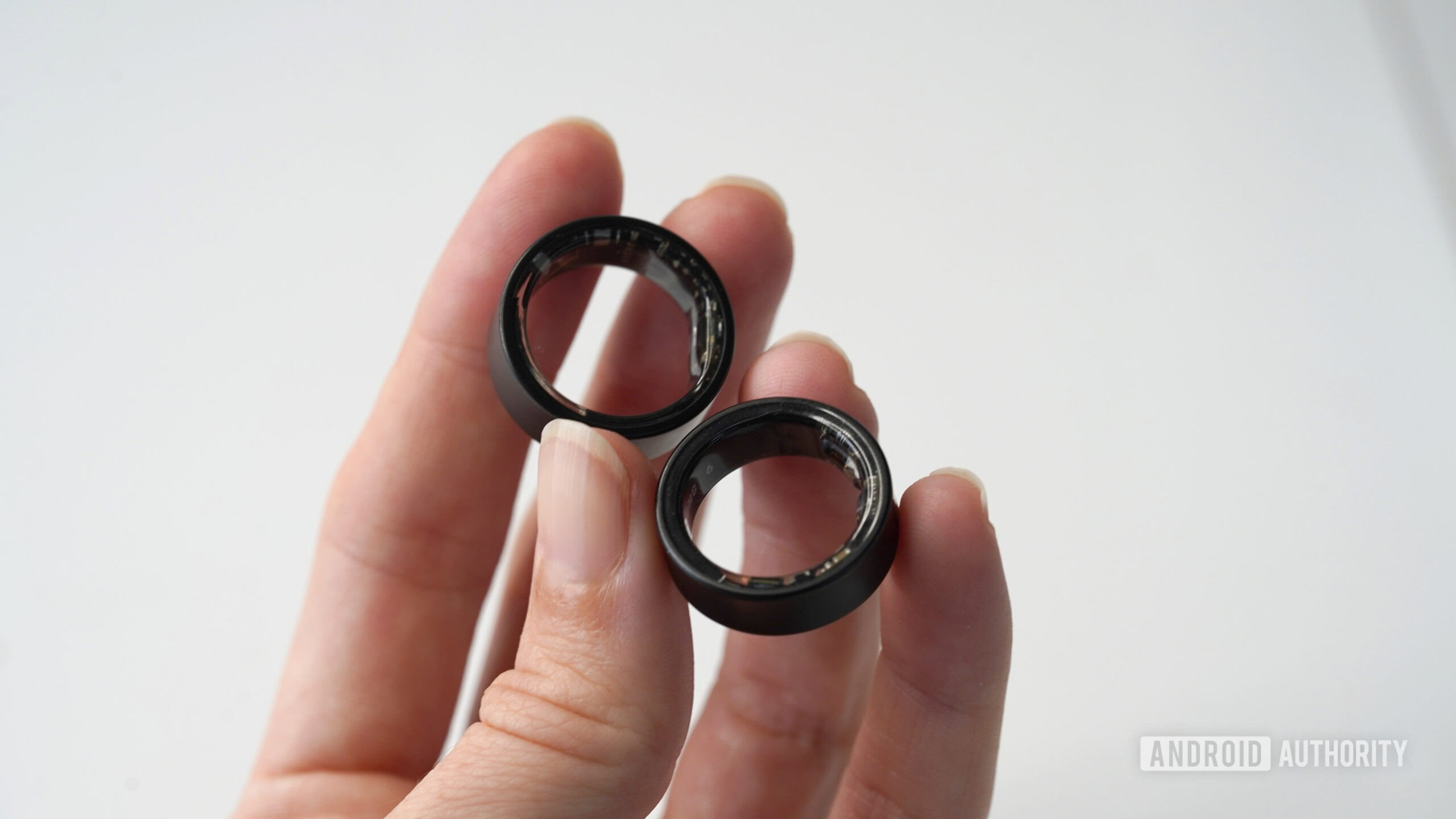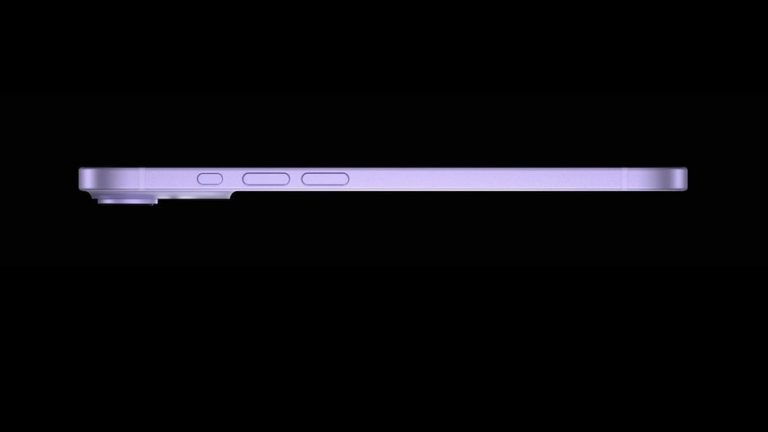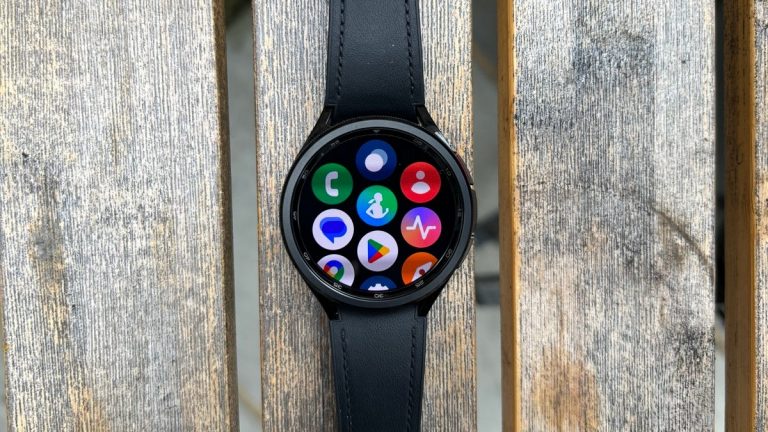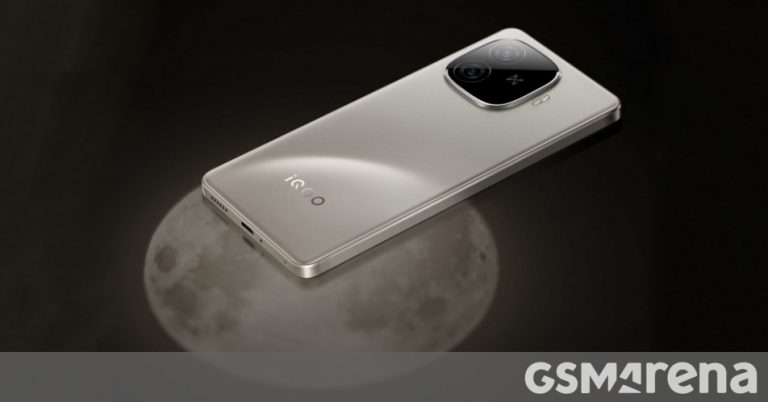Unleash the Best Smartwatch Battle: Samsung Galaxy Ring vs Ultrahuman Ring Air

The Battle for Wearable Supremacy: Ultrahuman Ring Air vs Samsung Galaxy Ring
The world of smart rings is heating up, and two of the most talked-about players have just emerged: the Ultrahuman Ring Air and the Samsung Galaxy Ring. As a technology enthusiast, I’m thrilled to dive into the unique features, specifications, and design of each device.
At a Glance
Here’s a breakdown of the key similarities and differences between the two devices:
- Both track basic health and activity stats, including sleep.
- Neither requires a subscription.
- The Galaxy Ring offers integration with Samsung phones and wearables, while the Ring Air features a unique app store-like experience called PowerPlugs.
- The Ultrahuman Ring Air is compatible with both iOS and Android devices, while the Galaxy Ring is limited to Samsung devices.
Ultrahuman Ring Air vs Samsung Galaxy Ring: Specs
Check out the detailed specifications for each device below:
| Ultrahuman Ring Air | Samsung Galaxy Ring | |
|---|---|---|
| Display | None | None |
| Dimensions and Weight | 8.1mm x 2.45-2.8mm (size dependent), 2.4-3.6g | 7.0 x 2.6mm (size dependent), 2.3-3.0g |
| Sizing | 7 sizes (6-12) | 9 sizes (5-13) |
| Battery | Up to 6 days, 100% in 90 minutes (puck-style charger with USB-C cable) | Up to 7 days, 40% in 30 minutes (case-style charger with built-in battery) |
| Sensors | Infrared Photoplethysmography (PPG) sensor, non-contact medical-grade skin temperature sensor, 6-axis motion sensors, red LEDs, green LEDs, infrared LEDs | Accelerometer, PPG, skin temperature sensor |
| Connectivity | Bluetooth Low Energy (BLE) | Bluetooth Low Energy 5.4 |
| Compatibility | iOS 15 or later, Android 8.0 or later | Samsung Health app |
| Colors | Titanium with Tungsten Carbide Carbon coating, Raw Titanium, Aster Black, Matte Gray, Bionic Gold, Space Silver | Titanium Black, Titanium Silver, Titanium Gold |
Design, Size Comparison, and Colors
The Ultrahuman Ring Air and the Samsung Galaxy Ring boast similar designs, with a slim and lightweight build that feels comfortable on the finger. The Galaxy Ring has a more minimalist look, with a subtle LED indicator at the top. The Ultrahuman Ring Air’s design is slightly more substantial, with a more angular shape and a larger crown.
Both rings come in a range of colors and sizes to suit different skin tones and finger types. The Ultrahuman Ring Air offers six sizes and six color options, while the Samsung Galaxy Ring provides nine sizes and three colors.
Pro and Con
While both devices share some flaws, such as accuracy issues and battery life concerns, the Ultrahuman Ring Air and Samsung Galaxy Ring also offer exciting features. The Ultrahuman Ring Air’s unique PowerPlugs platform offers a wealth of potential applications, while the Galaxy Ring’s integration with Samsung’s ecosystem and wearable devices could be a game-changer for Samsung users.
So, which ring is the best choice for you? Is it the sleek and intuitive Ultrahuman Ring Air or the Samsung Galaxy Ring’s innovative take on health tracking?
Would you rather buy an Ultrahuman Ring Air or a Samsung Galaxy Ring?




